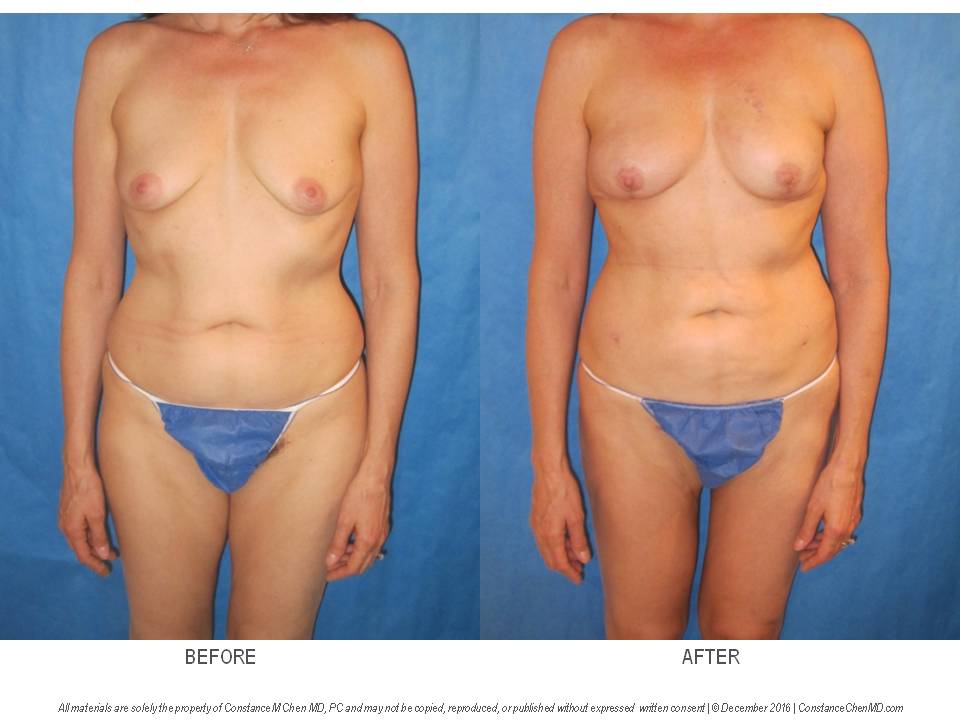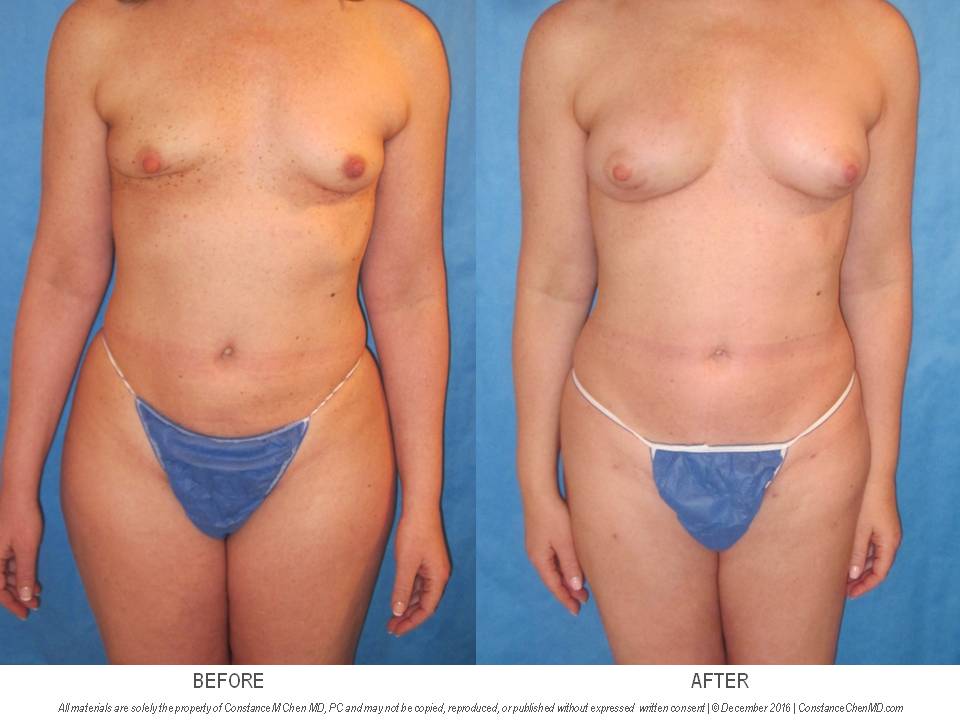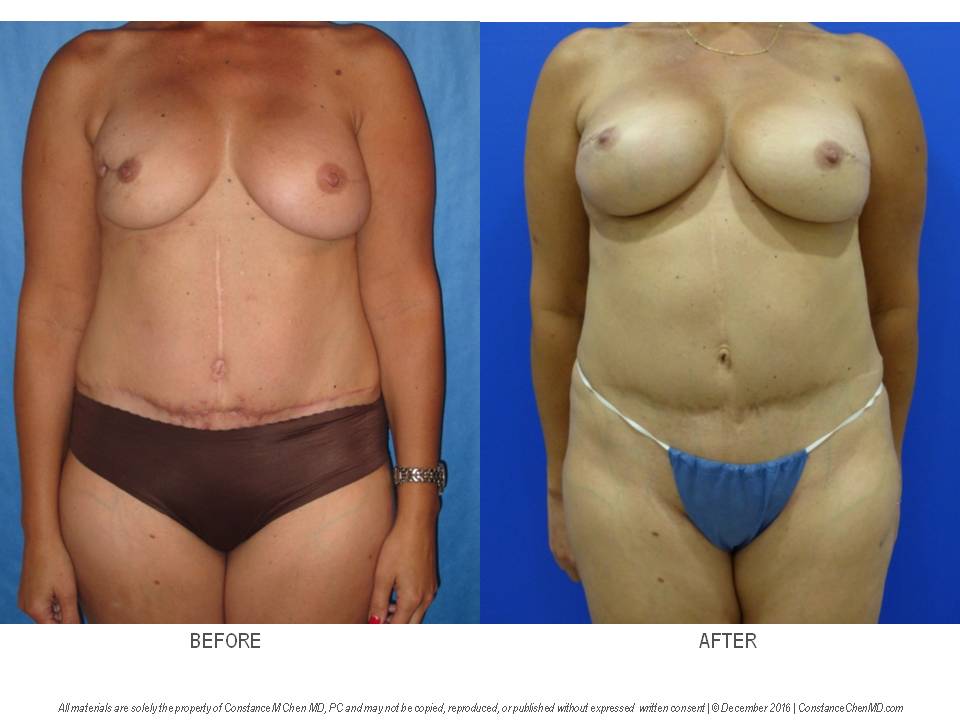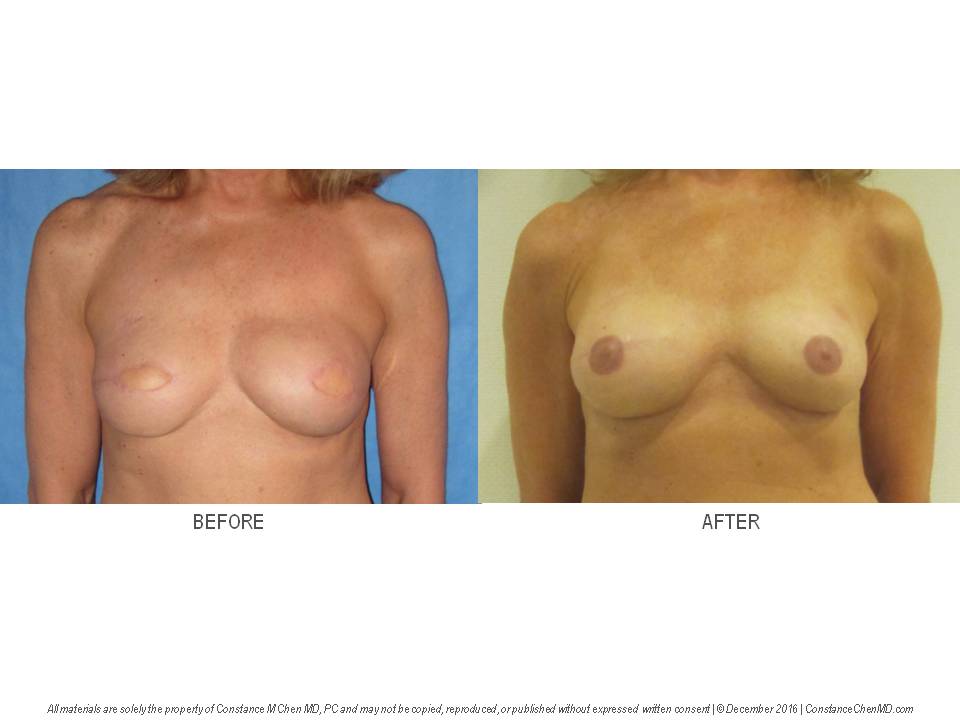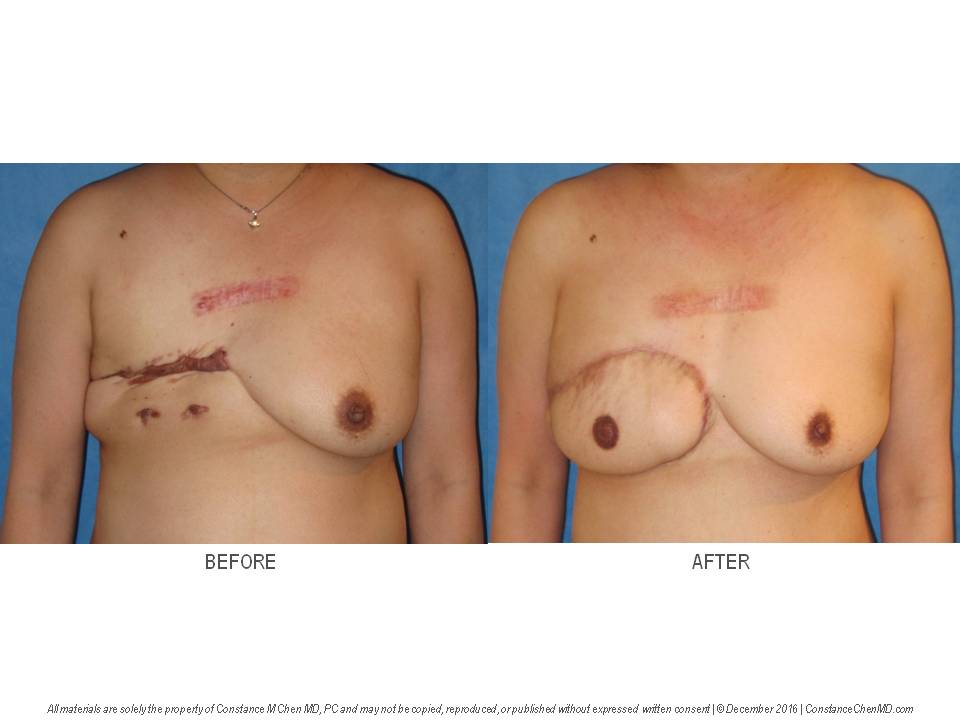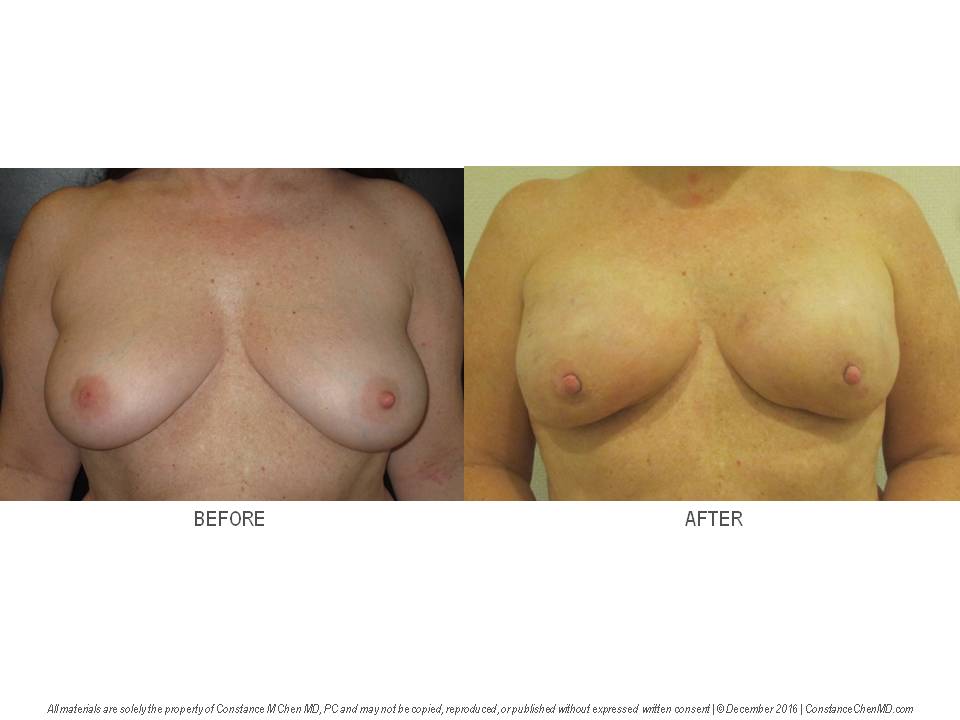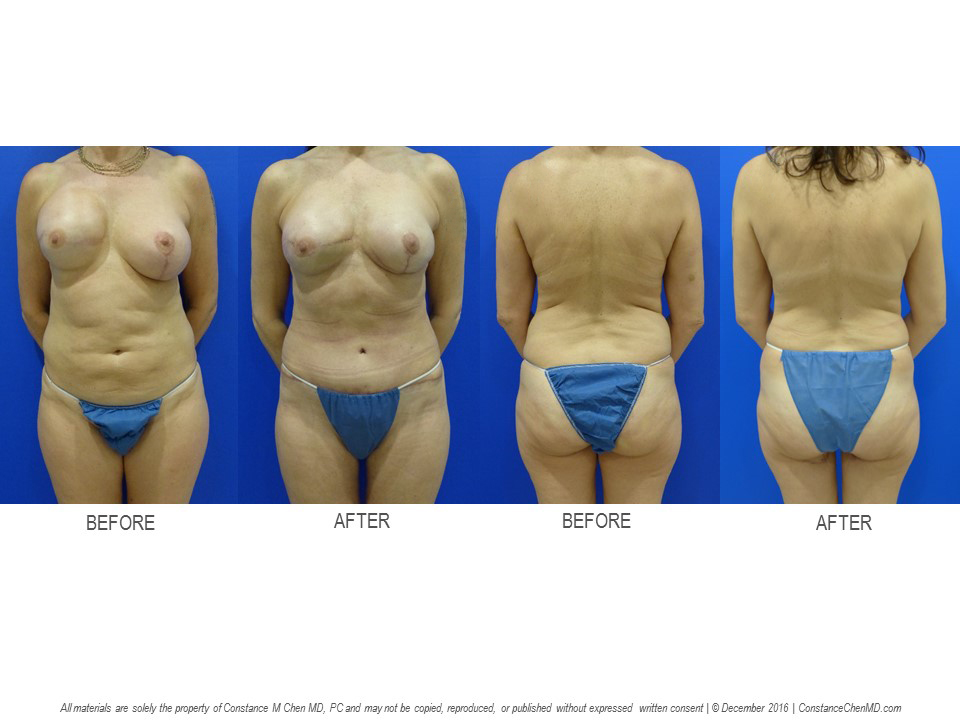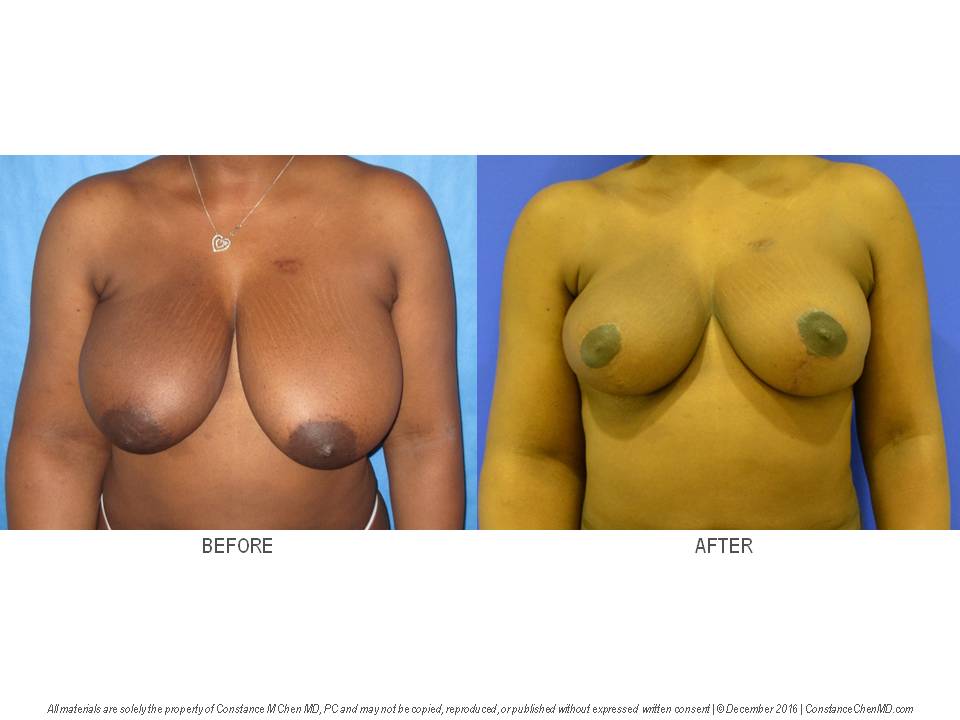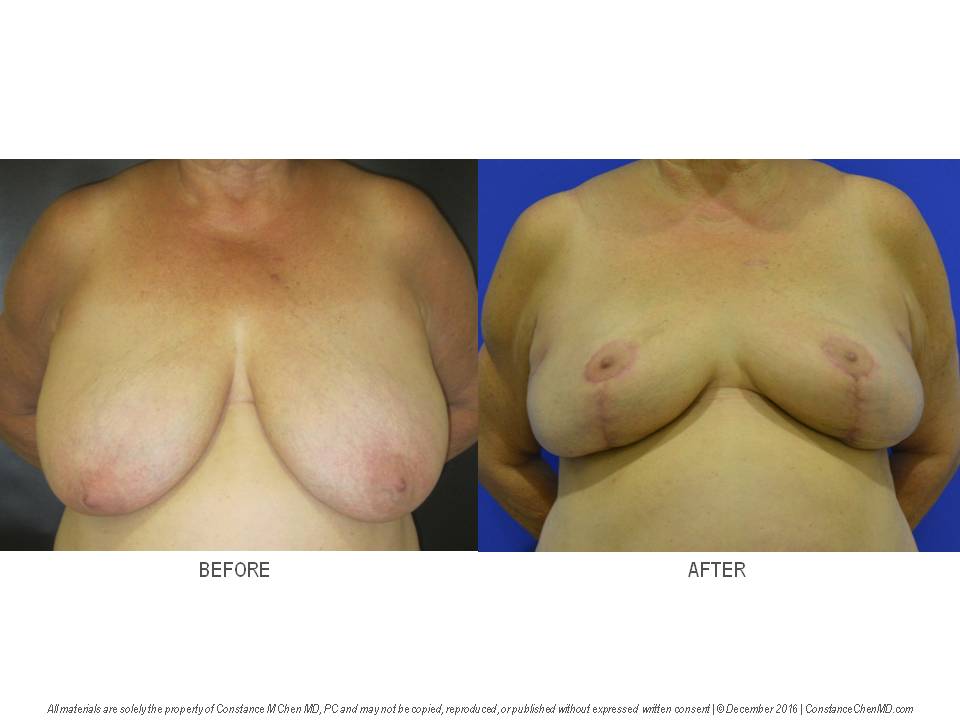Fat grafting, also known as autologous fat transfer, is a technique for breast reconstruction in which excess fat is removed from one part of the body by liposuction, and transferred or “grafted” to another part of the body with cannulas. The most common sites for fat graft harvest are the abdomen, flanks, legs, and back.
Nipple reconstruction can be performed after surgical resection of the nipple or for congenital nipple defects. Most commonly, patients who undergo nipple reconstruction have lost a nipple after mastectomy or some other type of breast surgery. Sometimes, a person is born without a nipple or with an inverted nipple. Whether a person is missing a nipple due to surgery or congenital malformations, it is possible to recreate a nipple surgically.
The primary purpose of breast reconstruction is to restore symmetry and recreate breasts that are in proportion with the rest of the patient’s body. Even though a woman’s natural breasts may be considered “sisters” and not “twins,” most women would prefer that their new breasts be similar in shape, size, and position to the original. For this reason, it is sometimes necessary to undertake symmetry procedures after the primary breast reconstruction.
Oncoplastic surgery combines plastic surgery techniques with breast surgical oncology. Oncoplastic surgery is a good option for patients with large or ptotic breasts who are oncologic candidates for lumpectomy and plastic surgery candidates for a simultaneous breast reduction or mastopexy (breast lift). The goal of oncoplastic surgery is a cancer-free breast with improved appearance and symmetry.


